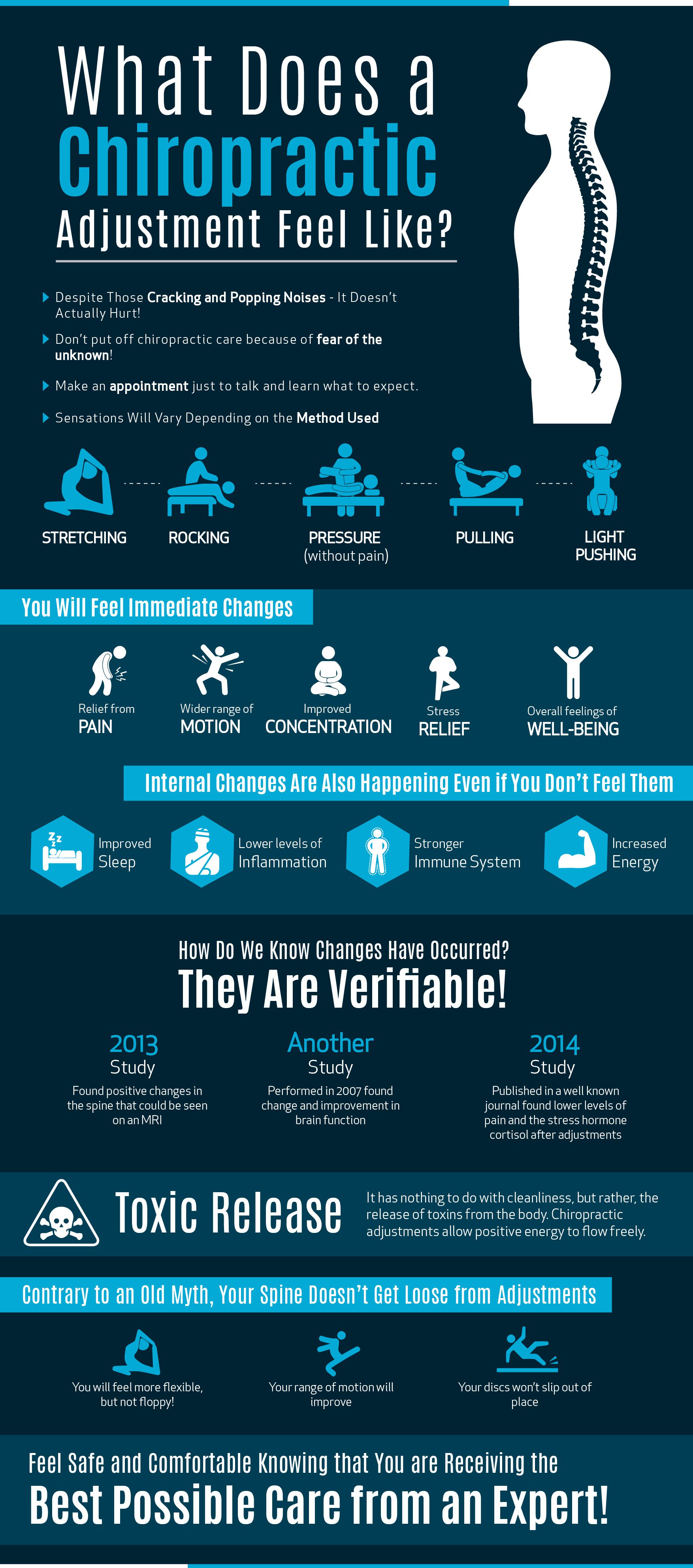As you explore the world of cold laser treatment, you'll uncover a world of opportunities for discomfort relief that is both fascinating and efficient. The ingenious strategy of utilizing light to address different disorders may simply be the key to opening a new level of comfort and healing for you. So, why not uncover how this non-invasive therapy is improving the landscape of discomfort management and offering want to those looking for all-natural solutions for their discomfort?
Comprehending Cold Laser Therapy
To comprehend cold laser treatment, you must realize the basic principles behind this non-invasive therapy technique. Cold laser treatment, also known as low-level laser treatment (LLLT), utilizes specific wavelengths of light to connect with tissue. The light energy permeates the skin and is soaked up by cells, activating a series of organic reactions. These responses assist advertise recovery, minimize inflammation, and minimize pain.
The crucial to understanding cold laser treatment depends on its capacity to stimulate mobile function. When the light power is taken in by cells, it improves their metabolic process and increases the manufacturing of ATP, the power resource for cells. This boost in mobile activity can cause enhanced flow, cells repair work, and pain alleviation.
Advantages of Cold Laser Treatment
Taking advantage of details wavelengths of light, cold laser therapy supplies a series of advantages for pain relief and recovery. Among the key advantages of cold laser therapy is its non-invasive nature. Unlike procedures, cold laser treatment doesn't require incisions, making it a more secure and a lot more comfy option for numerous clients.
Furthermore, cold laser therapy is known for its capability to minimize swelling. By targeting irritated areas with focused light energy, the treatment helps to reduce swelling and promote quicker recovery.
Additionally, cold laser therapy is a preferred selection because of its minimal side effects. Unlike some drugs that can cause adverse reactions, cold laser treatment is mild on the body and normally well-tolerated. https://thegadgetflow.com/blog/soothe-allergic-rhinitis-with-low-level-laser-therapy-from-medicoco/ makes it an ideal choice for individuals trying to find an all-natural and low-risk pain alleviation option.
One more significant advantage is the quick healing time related to cold laser treatment. Since the treatment stimulates the body's all-natural healing procedures, people typically experience fast improvements in their condition without the demand for long term downtime.
Conditions Dealt With With Cold Laser
Cold laser therapy successfully deals with a variety of problems varying from musculoskeletal injuries to persistent discomfort. For bone and joint injuries like sprains, stress, and tendonitis, cold laser therapy can help in reducing swelling, ease pain, and promote tissue repair. pop over here 's likewise valuable for dealing with joint inflammation by minimizing joint pain and rigidity.
In addition, cold laser therapy can assist in quickening the healing procedure for wounds and injuries by enhancing flow and promoting cell regrowth.
Chronic discomfort conditions such as fibromyalgia, neuropathy, and reduced back pain can also be properly taken care of with cold laser therapy. The treatment functions by targeting the source of discomfort and activating a biochemical cascade that decreases discomfort level of sensitivity and inflammation.
Additionally, problems like carpal tunnel syndrome, TMJ disorders, and plantar fasciitis can benefit from the pain-relieving and anti-inflammatory effects of cold laser treatment.
Conclusion
To conclude, cold laser therapy is a safe, reliable, and non-invasive therapy alternative for discomfort relief.
With its ability to advertise healing, decrease swelling, and minimize discomfort, this innovative therapy uses an all-natural and low-risk option to surgeries.
Whether you're taking care of chronic pain, sports injuries, or joint inflammation, cold laser treatment can offer alleviation and improve your quality of life without the demand for invasive interventions.
